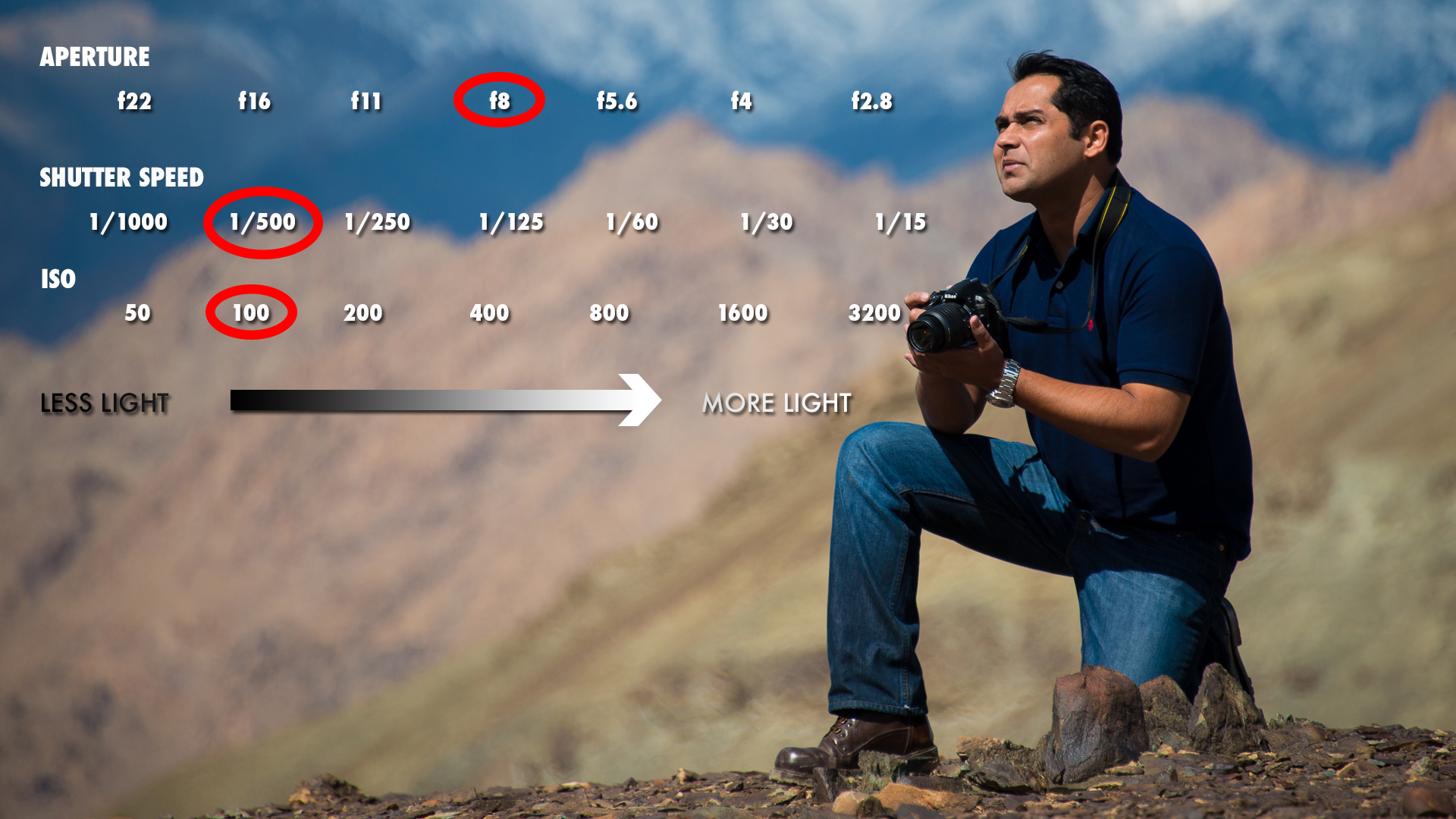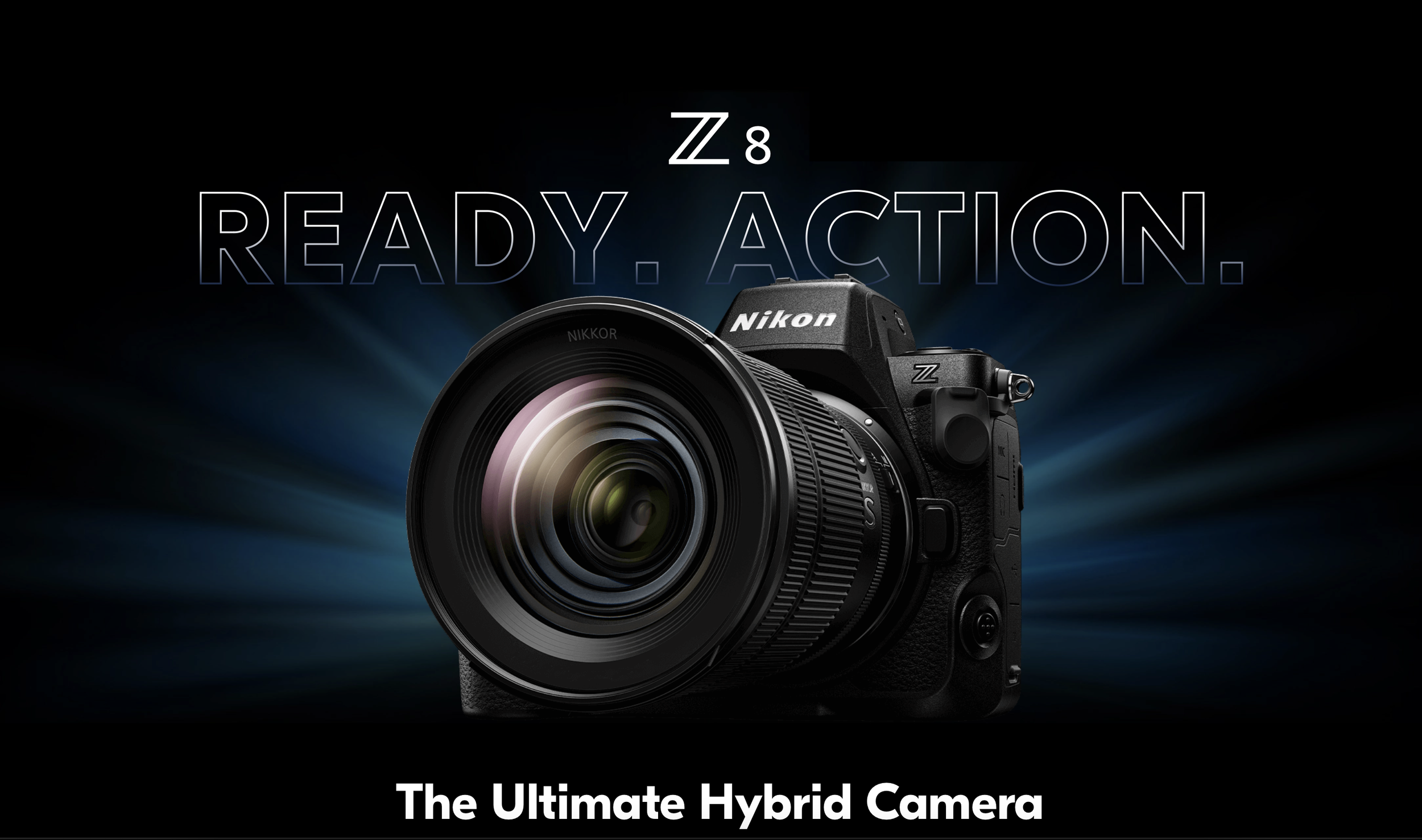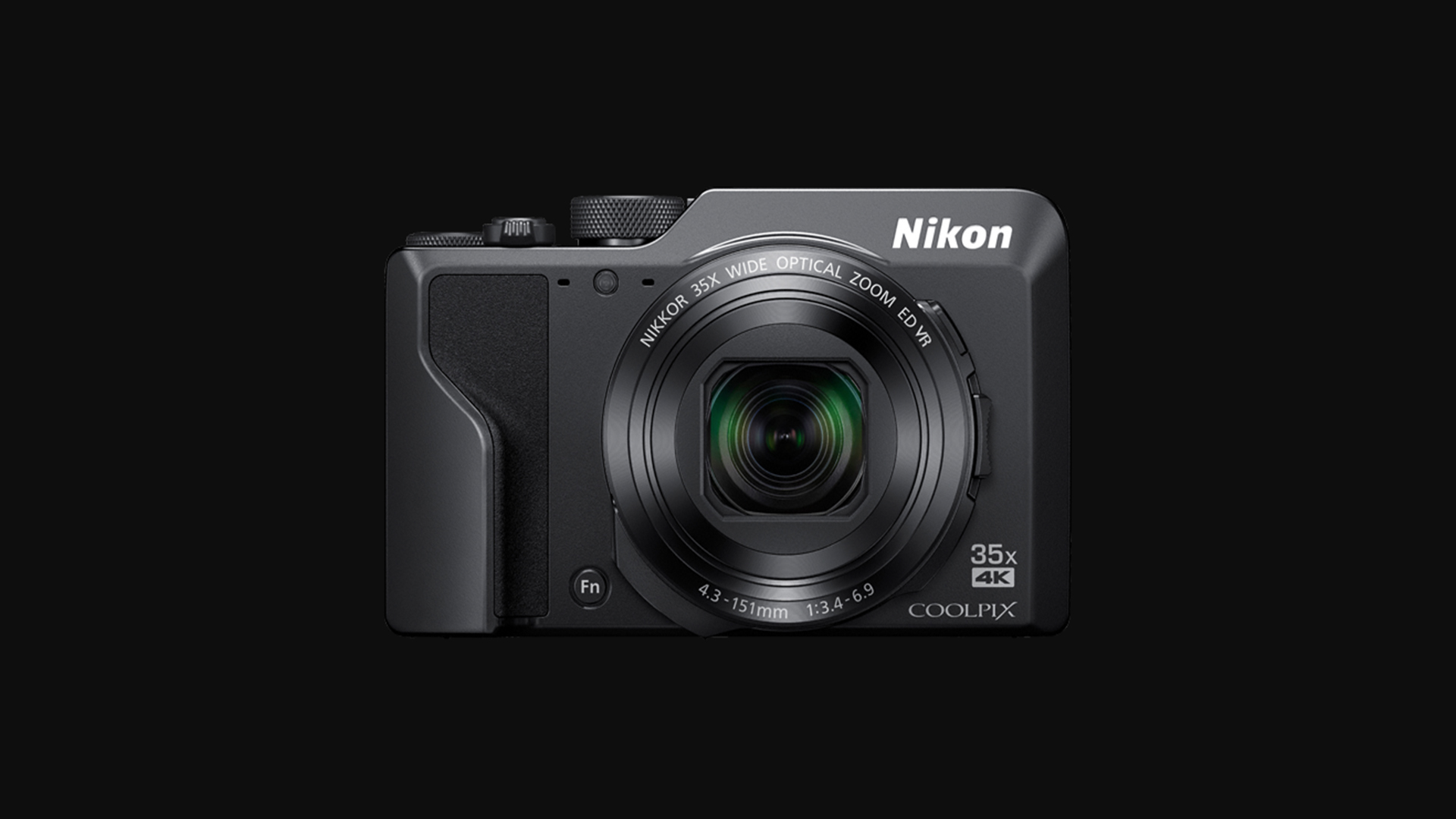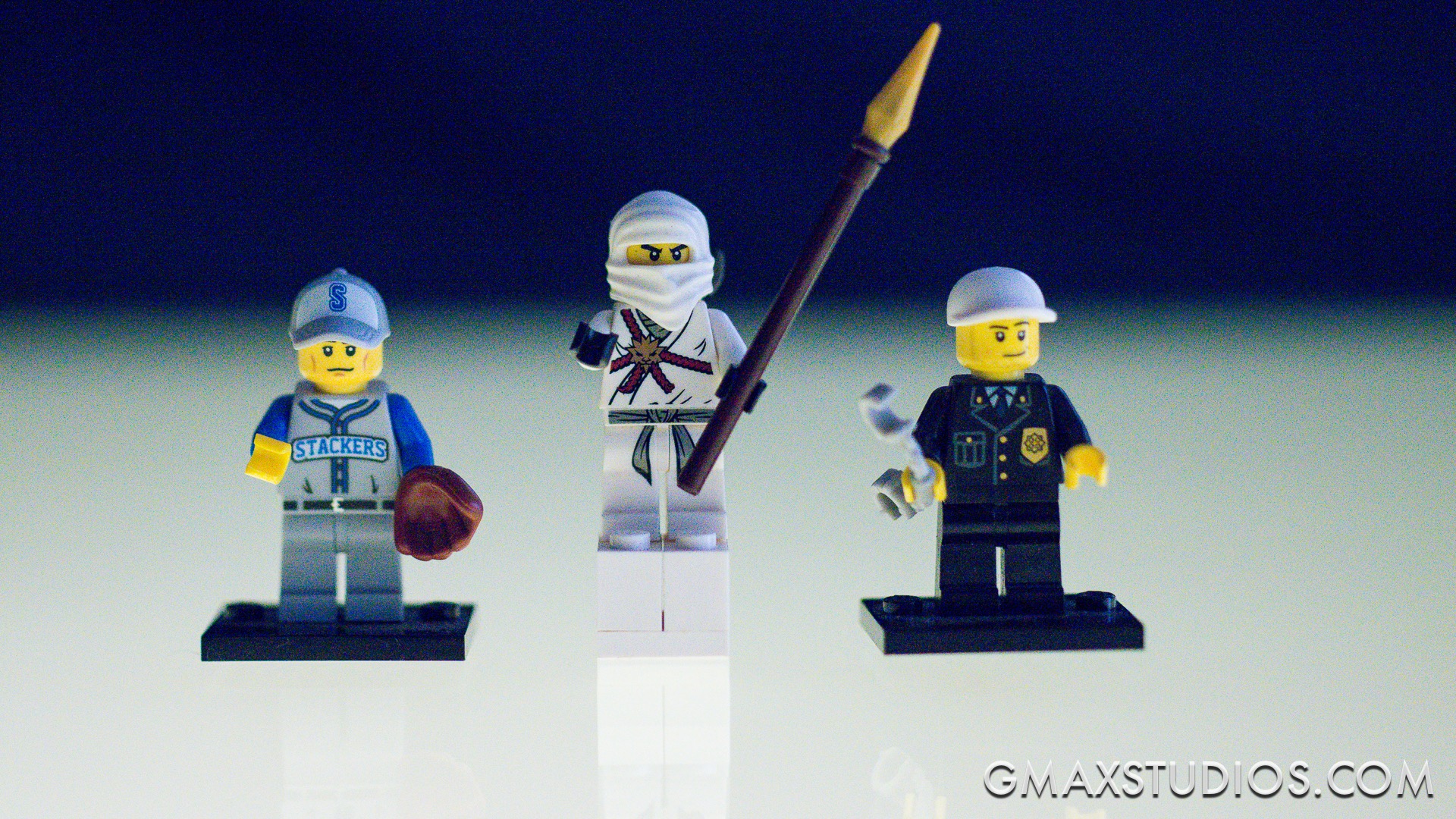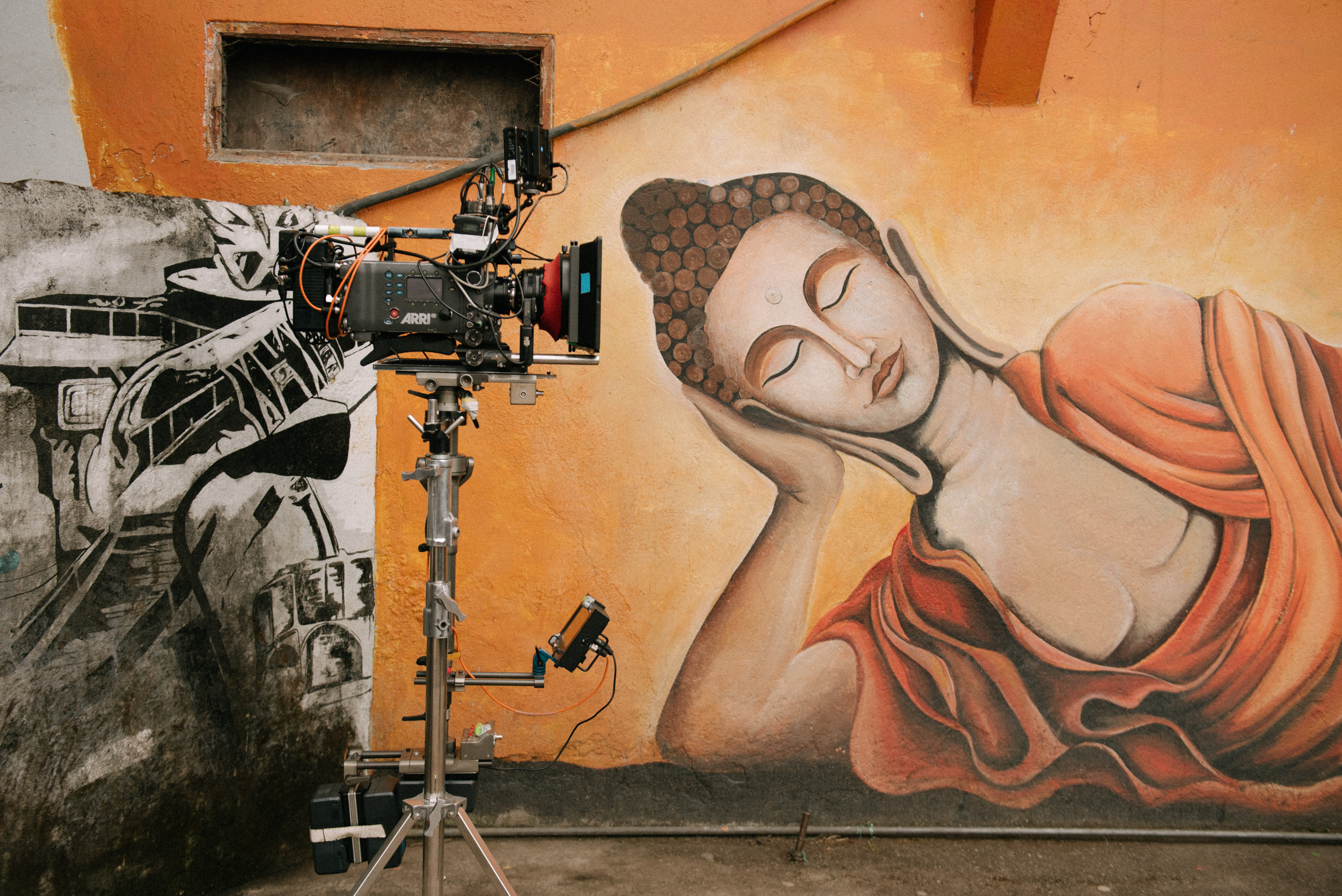
ISO shutter speed and aperture relationship explained
The Exposure Triangle - that is the relationship between ISO, shutter speed and aperture explained.
I remember the time when I had just picked up a camera with a serious intent to start shooting. It was all so confusing. "So many settings!" I used to keep thinking and then one day I realised that while photographing I could only control the aperture or the shutter speed. I was shooting film, so I had little control over ISO - once the film was inside the camera, it was pretty much fixed at what ISO I was shooting.
So now, while shooting digital, in spite of all the confusion there are just three things you need to control to create a good photograph - ISO shutter speed and aperture (Ok four, if you want to count in white balance too!)
What is the relationship between ISO, shutter speed and aperture?
The relationship between ISO, shutter speed and aperture is also known as the exposure triangle.
EXPOSURE TRIANGLE
These three settings define what the exposure value of a photograph. It means that the exposure value of any photograph can be expressed as a combination of these three settings or values. For example the photograph below was taken at an exposure value of f11, 1/250th at ISO 100 - where f11 is the aperture, 1/250th(of a second) is shutter speed and the ISO is 100.
iso shutter speed and aperture relationship
So now if I increase the amount of light entering the camera by opening the aperture by 1 stop to f8, the photograph becomes slightly overexposed as seen in the photograph below.
ISO shutter speed and aperture relationship - overexposed
In order to compensate for this, I will have to increase my shutter speed to 1/500 in order to get a properly exposed photograph again. This because I have used another setting (shutter speed) to decrease the amount of light by the same value that I increased the amount of light.
EV valueok500
So, what this relationship primarily boils down to is this:
If you you increase or decrease one of the values in the exposure triangle - you will have to increase or decrease another value BY THE SAME value in order to get the same Exposure Value.
Sounds confusing? Well it kind of does when you put it in words but the good news is that once you see the video below it will become perfectly clear. Please subscribe to our channel by clicking here if you like the video and would like to see more of these.
Please share this video with your friends if you liked it. Ask your questions in the comments below and also let us know what other videos or articles you would like to see in the future.
What is ISO in photography?
What is ISO in photography? In times when people used film cameras to take photographs, ISO sensitivity expressed the speed of photographic negative materials and it used to be expressed as ASA. But now, since digital cameras do not use film but use image sensors instead, the ISO equivalent is usually used.
What ISO denotes is how sensitive the image sensor is to the amount of light present. The higher the ISO, the more sensitive the image sensor is to the available light. So if you are shooting in low light conditions, you need to increase the ISO. Most cameras have 100 ISO as their lowest setting.
When people used film, they usually had to change the roll of film to change their ISO. It was not uncommon for people to carry two different cameras with two different rolls of film - each with a different ISO in order to shoot under different situations. The lower ISO 100 film would be used for shooting in daylight and the higher ISO, 400 and above would be used to capture night scenes.
Now you just need to change your ISO within your camera from a lower to higher setting to be able to take night shots.
Caution
Having this great feature in your camera can be quite powerful but be careful, shooting at high ISO can cause noise to appear in your photographs. This can be seen in the photographs below.
ISO in photography
The above image was shot at ISO 100 and as you can see there is hardly or no noise. The image below was shot at ISO 3200 to illustrate how noise can appear at higher ISO settings. Each camera has it's own noise threshold, so make sure you test your own camera before you increase the ISO levels.
What is ISO in photography
Watch this video to understand more about ISO and please remember to subscribe to our channel by clicking here.
Please share this post with your friends if you found it helpful.





